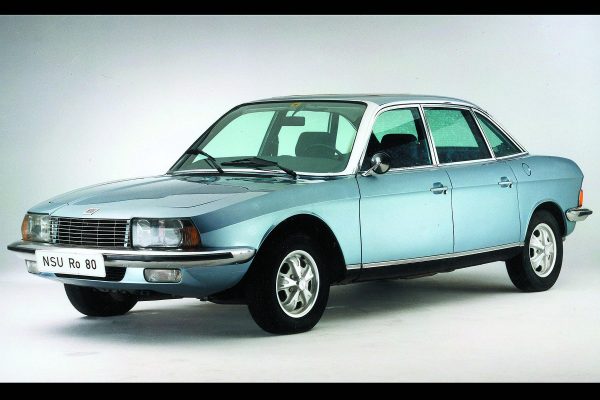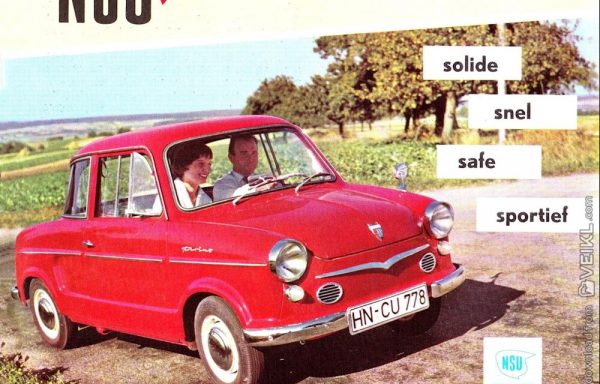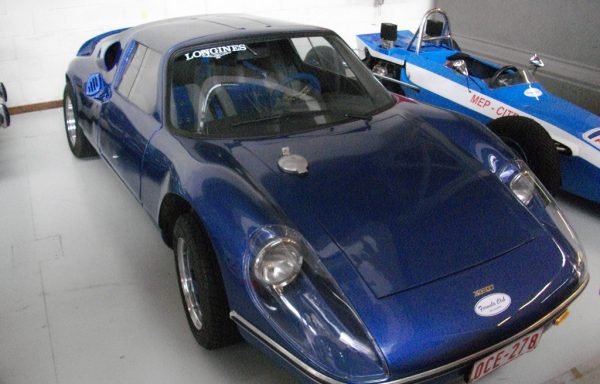NSU RO 80
A Visionary in Automotive Engineering
The NSU RO 80, launched in 1967, was a groundbreaking model that showcased NSU’s innovative spirit and commitment to advanced engineering. As a pioneering rotary-engine vehicle, the RO 80 not only redefined compact car design but also set new standards for performance and efficiency in the automotive industry.
The NSU RO 80 was a groundbreaking vehicle in NSU’s lineup, introduced in 1967 as a revolutionary sedan that showcased advanced engineering and innovative design. Known for its unique rotary engine and futuristic styling, the RO 80 set new standards in the automotive industry and left a lasting impact on the compact car segment.
Historical Background
Launched in 1967, the NSU RO 80 was designed as a flagship model for NSU, marking the company’s ambitious entry into the family sedan market. The RO 80 was notable for being one of the first mass-produced cars to feature a Wankel rotary engine, which provided a compact and lightweight alternative to traditional piston engines.
Despite its innovative engineering, the RO 80 faced challenges, including issues with reliability and fuel consumption, which ultimately impacted its market success. However, its design and engineering foresight earned it a place in automotive history, and it remains a beloved classic among enthusiasts today.
Technical Specifications
The NSU RO 80 was characterized by its advanced rotary engine and a spacious, comfortable interior. Below are the key specifications:
- Displacement: 1,000 cc (Wankel rotary engine)
- Compression Ratio: Approximately 9.0:1
- HP Output: 115 hp at 6,500 rpm
- Torque Output: Approximately 10.5 kg/m at 4,500 rpm
- Transmission: 4-speed manual (optional 3-speed automatic)
- Length: 4,395 mm
- Width: 1,700 mm
- Height: 1,350 mm
- Weight: Approximately 1,200 kg
- Wheelbase: 2,560 mm
- 0-100 km/h: Approximately 10.6 seconds
- Top Speed: Around 185 km/h
Design and Mechanical Features
The NSU RO 80 featured a striking design and innovative technology, making it a standout model in its era.
- Futuristic Exterior Design:
- The RO 80 boasted a sleek, aerodynamic shape, characterized by smooth lines and a sloping roofline. Its design was ahead of its time, reflecting the futuristic automotive styling of the late 1960s.
- The car’s distinctive front end, with large headlights and a prominent grille, contributed to its modern appearance.
- Wankel Rotary Engine:
- The RO 80 was powered by a 1,000 cc Wankel rotary engine, which offered several advantages over conventional piston engines, including compact size, smooth operation, and high power output for its displacement.
- The rotary engine design allowed for a lighter and more efficient powertrain, making it an innovative choice for a family sedan.
- Independent Suspension:
- The RO 80 utilized independent suspension for both the front and rear, enhancing ride quality and handling characteristics. This setup contributed to a smooth and comfortable driving experience.
- The front suspension featured MacPherson struts, while the rear used a semi-trailing arm design, allowing for stability during cornering.
- Spacious and Comfortable Interior:
- The interior of the RO 80 was designed with passenger comfort in mind, featuring ample space for up to five occupants. High-quality materials and thoughtful layout added to the overall comfort.
- The dashboard was modern and well-equipped, with a clear instrument panel and controls easily accessible to the driver.
- Braking System:
- The RO 80 was equipped with disc brakes on all four wheels, providing effective stopping power and contributing to improved safety. This was a significant advancement over the drum brakes commonly found in vehicles of that era.
Driving Experience and Performance
The NSU RO 80 offered a smooth and engaging driving experience, characterized by its innovative rotary engine and refined handling. The engine’s power delivery was linear, providing brisk acceleration and making the car enjoyable to drive on various road conditions.
The independent suspension system ensured good ride quality, absorbing bumps and imperfections in the road. The combination of performance and comfort made the RO 80 suitable for both daily commutes and longer journeys.
Legacy and Impact
Although the NSU RO 80 faced challenges, particularly with engine reliability and fuel consumption, it remains a significant model in automotive history. Its pioneering use of the rotary engine and innovative design made it a technical achievement of its time.
The RO 80 helped establish NSU as a forward-thinking manufacturer, and its influence can still be seen in modern automotive engineering. While production ended in 1977, the RO 80 continues to be celebrated by collectors and enthusiasts for its unique characteristics and design.
Today, the NSU RO 80 is recognized as a classic vehicle, symbolizing a period of innovation and experimentation in the automotive industry. Its combination of advanced technology and futuristic design leaves a lasting legacy, reflecting NSU’s commitment to pushing the boundaries of automotive engineering.




